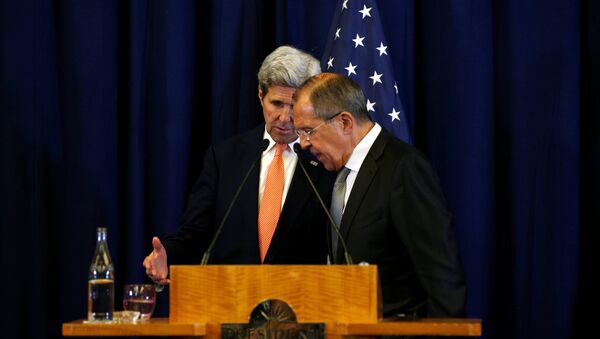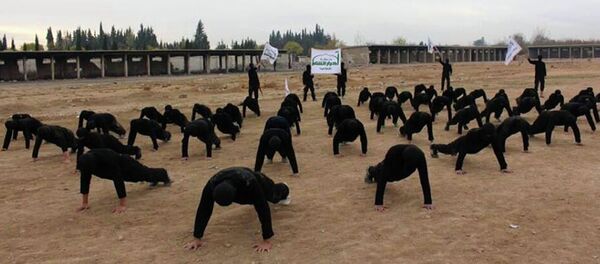Russia also sent the document to the United Nations and the UN Security Council as well as a range of other agencies, according to the Permanent Russian Mission to the UN Office.
"Under these circumstances Russia took a decision to convey the comparative analysis of implementation of the Russia-US agreements to the public," the mission said.
The document sums up the obligations of Russia and the United States needed to implement. It also outlines the results of Russia’s efforts to resolve the conflict in Syria.
"We hope that the impartial, fact-based analysis will allow some light to be shed on the true reasons that hinder the implementation of the Russia-US agreements. With the agreement text available online, everyone can sort the things out and find the side which disrupted the implementation," the Russian mission added.
For example, the February deal presumed the implementation of a ceasefire regime across Syria starting February 27, 2016. According to the document, Russia "ensured the implementation of the cessation of hostilities." In turn, the US-led coalition ensured the implementation of the ceasefire "only by a part of the moderate opposition groups."
Second, the February deal required sharing information on militant groups joining the ceasefire regime by February 26. Russia handed over to the US a list of 47 moderate groups. The US handed over to Russia a list of 138 moderate groups, with two of them being part of Daesh and eight belonging to al-Nusra Front.
As a result, separation between moderate and radical militant groups was failed.
The next two points demanded exchanging information between Russia and the US on the areas controlled by groups that joined the ceasefire and the areas controlled by Daesh and al-Nusra Front. The document indicates that Washington did not fulfill these obligations.
As a result, compared to 2015, the number of terrorist attacks perpetrated by al-Nusra Front suicide bombers "increased twofold."
On July 28, the US unilaterally cut off a communication line between the Hmeymim airbase in Syria and a group of American political and military specialists in Amman, Jordan.
After Moscow and Washington reached a ceasefire agreement on September 9, Russia ensured a ceasefire regime across Syria starting September 12, 2016. The US failed to pressure opposition groups to join the cessation of hostilities and withdraw forces from the Castello road, the document read.
Moreover, rebel forces in Aleppo laid mines at city entry points and denied access to the city for UN humanitarian convoys. The document also noted that the US-led coalition did not attack al-Nusra Front targets. Its operations against Daesh included 12-15 combat sorties and 8-10 airstrikes a day.
Russia continued airstrikes on a unilateral basis against Daesh and al-Nusra Front (on average, 50 sorties and 140-150 strikes a day).
"Joint US-Russian operations against ISIS [Daesh] and the al-Nusra Front never launched, allowing terrorists to retain control over a large territory and carry out offensive operations against government troops," the document read.





